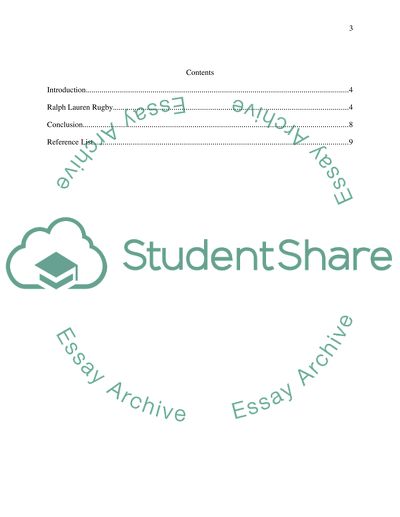Cite this document
(“The failure of Ralph Lauren Rugby Essay Example | Topics and Well Written Essays - 2250 words”, n.d.)
Retrieved from https://studentshare.org/marketing/1630311-the-failure-of-ralph-lauren-rugby
Retrieved from https://studentshare.org/marketing/1630311-the-failure-of-ralph-lauren-rugby
(The Failure of Ralph Lauren Rugby Essay Example | Topics and Well Written Essays - 2250 Words)
https://studentshare.org/marketing/1630311-the-failure-of-ralph-lauren-rugby.
https://studentshare.org/marketing/1630311-the-failure-of-ralph-lauren-rugby.
“The Failure of Ralph Lauren Rugby Essay Example | Topics and Well Written Essays - 2250 Words”, n.d. https://studentshare.org/marketing/1630311-the-failure-of-ralph-lauren-rugby.


